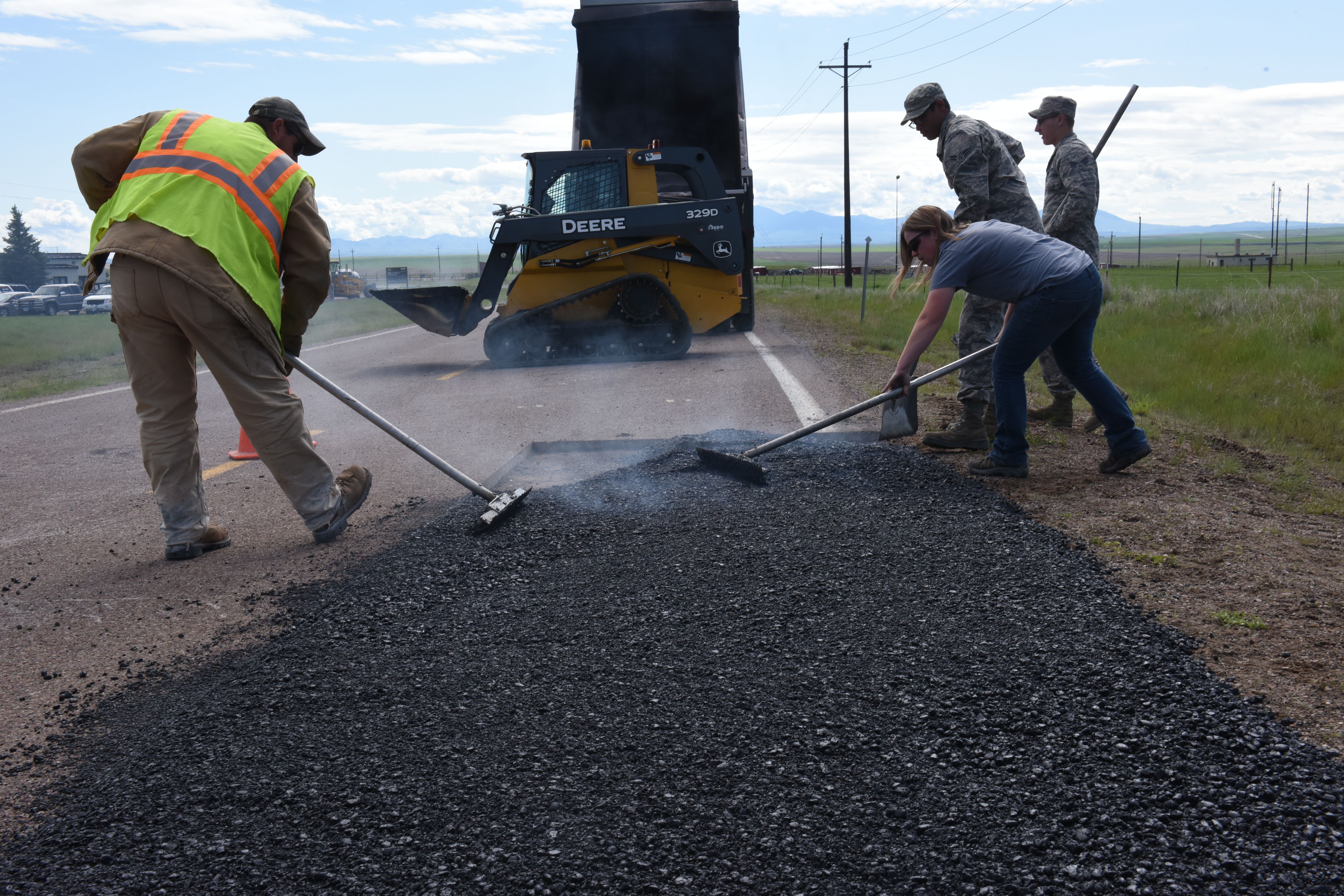
The Critical Role of Heat for Successful Hot Mix Asphalt Paving
When paving or patching with hot mix asphalt, conditions determine the finished product. Quality hot mix asphalt relies on good weather. More than that, it is important to track the temperature of the air and the ground. If the asphalt cools too fast, compaction density suffers. Too slow, and the asphalt won’t set. Temperature is vital for long-lasting paving with this material.
When hot mix asphalt is too cold, it will set, ravel, and fall apart. Thin layers of pavement will cool too fast, providing the same results. Cool temperatures are, in some ways, worse for hot mix asphalt (HMA) paving. Rough, rocky, water-retaining surfaces are a mark of poor paving. In turn, this shortens the pavement’s lifespan.
To avoid disappointment when paving or patching, track temperatures through the day. Order from a trusted, local hot mix asphalt supplier to ensure speedy delivery. This helps maintain an even temperature when it’s time to pave. Here are a few helpful tips for monitoring temperatures when you pave with HMA:
Ambient (Air) Temperature
Always check weather forecasts when you pave. Pay attention to the daytime highs and lows, and keep an eye on temperatures through the day. Paving is not recommended when temperatures dip below 10 degrees Celsius. Ideal conditions include a moderate, rising temperature, low wind, and low precipitation. Rainfall and heavy breezes cool asphalt at a rapid pace, which hurts the quality of pavement.
Base (Ground) Temperature
Although air temperature is important when paving, base temperatures are even more so. Think of this as the temperature of the ground. Use an infrared thermometer to measure ground temperatures. This also works for existing pavement. Like the air temperature, your base should be at least 10 degrees Celsius if you plan on laying asphalt.
HMA Temperature
As a final consideration, watch the temperature of the hot mix asphalt. Check it when it’s loaded into the haul truck and when it’s at the front of the laydown machine. Be sure to check again after the laydown machine has passed, when the asphalt is behind the screed. The temperature of your hot mix asphalt on its base determines compaction time.
Avoid poor-quality, raveling pavement by always keeping an eye on these temperatures. Better to plan ahead, stay cautious, and postpone to another day if conditions are poor. Wait for good conditions and weather to install long-lasting, high-quality pavement. Do it right the first time.
